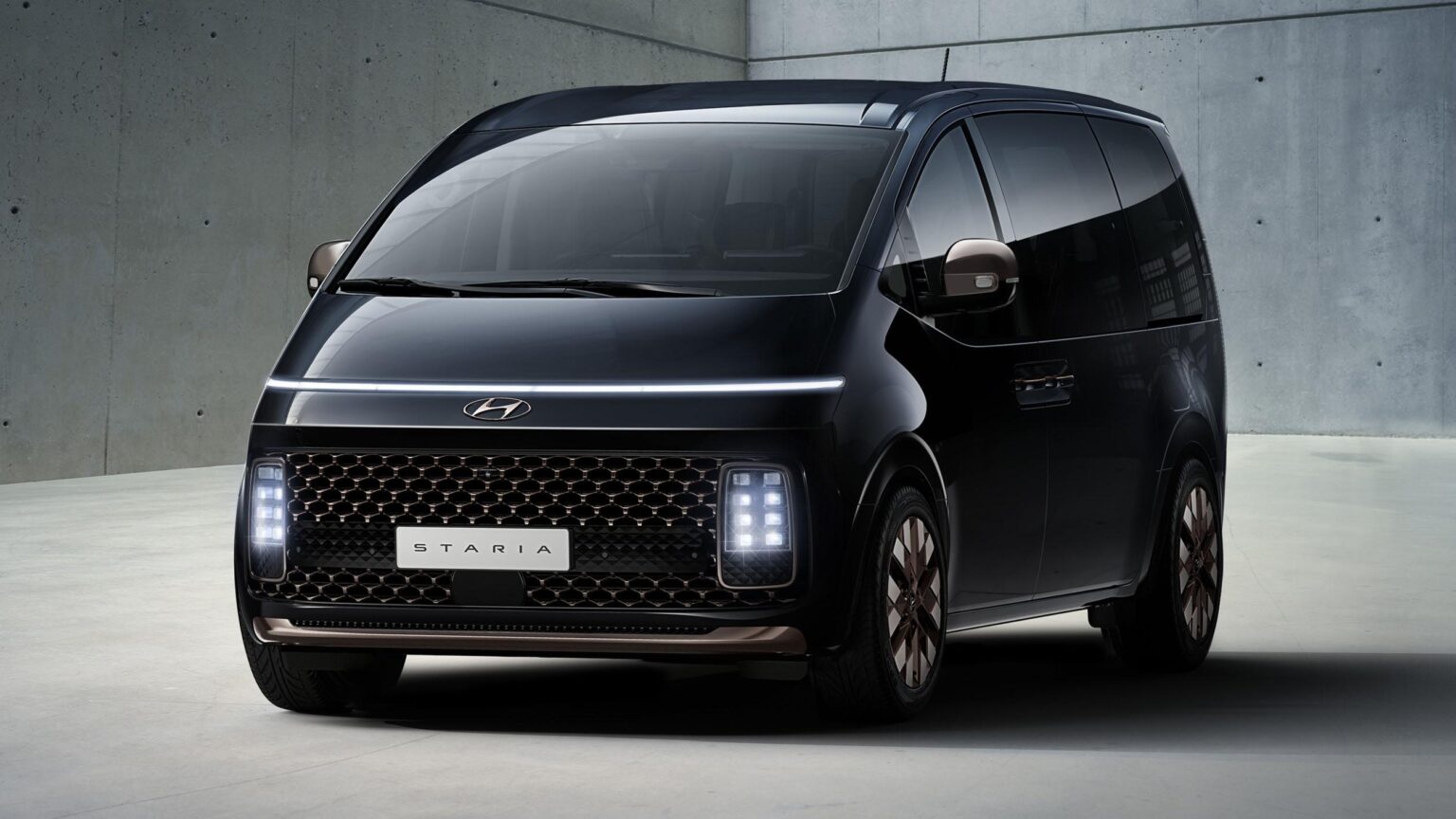
Here’s what you need to know about the Hyundai Staria Kinder
Parents in South Korea will have a new and safer way to get their children to school, courtesy of Hyundai revamping their previously commercial Staria blindvan model into a mini version of a children’s school bus. Under the new name of Hyundai Staria Kinder, the new children’s vehicle is arriving with a plethora of features set to reassure the next generation of parents looking for alternative options for schooling their kids.
Let’s take a deeper look into what this new version of a school bus has to offer.
Safety first
The Staria Kinder will be available in both an 11 seat and 15 seat form, incorporating additional light bars on the roof. This feature shifts the Staria Kinder from a family vehicle into one officially compliant with Korean government laws for school transportation vehicles. In additional compliance with government policies, the 11-seat Staria is outfitted with seat belt adjustment devices to assist children in fitting their seat belt correctly to their height.
The Staria Kinder’s safety features go on to include autonomous emergency braking, lane-departure warnings, lane-keeping assistance, and rear cross-traffic collision avoidance systems. In keeping with the school bus features, two full-size stop signs have also been installed to alert drivers while making long stops unloading and reloading school children.
On top of the stop signs, the yellow and black color scheme widely associated with school buses also feature safety stickers commonly used on official school buses. In a recent announcement, Hyundai officials said the “Staria Kinder has implemented the highest level of safety performance by applying a lot of special parts that have passed thorough safety tests. And we expect [passengers to] travel comfortably.”

Eco friendly
While not only in compliance with safety laws for educational vehicles in Korea, the Staria Kinder is also compliant with the government’s forward thinking eco-friendly policies by being powered by liquid petroleum. As an added incentive, schools who purchase the Kinder will benefit from a government subsidy of seven million Korean won, which is about $6,000 USD.
In addition to that incentive, the government is offering an additional 13 millon Korean won for schools who exchange their traditional diesel buses for the Staria Kinder. Altogether, government subsidies total in over $17,000 USD, a more than enticing mobilizer for schools who wish to save money and also keep their students safer.
Educational futures
As the coronavirus pandemic pushes parents and educators to reevaluate how to keep their students and children safe in the age of physical distancing, the Staria Kinder offers a more than worthy alternative. With low volume seating on top of clean emissions and safety features galore, the next generation of Korean students are in very good hands.
What other car makers would you like to see transform their models into a school bus? Let us know in the comments!







